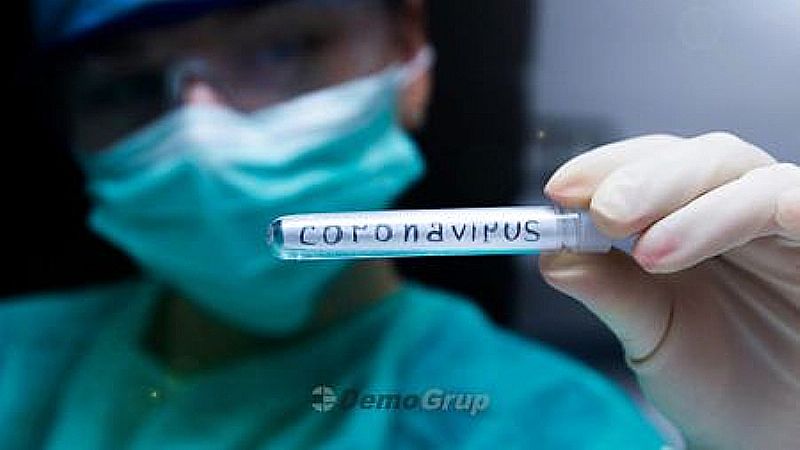Air and surface Virus removal device
Today's nightmare is the corona virus and thousands of viruses, bacteria, molds, fungi and mold spores, etc. that we have not heard of. Including all kinds of biological pollutant wastes are now in our lives. Please contact our customer representatives for our NASA certified products to protect against viruses that may endanger our lives and health.
Istanbul Okan University Hospital, Infectious Diseases and Microbiology Specialist. Dr. Nail Özgüneş made important statements about the Corona virus, which the world spoke about.
The name Coronavirus comes from a Latin word meaning crown or halo and is associated with the characteristic appearance of virions (infective form of the virus) under electron microscopy (EM). This virus is responsible for the 2003 SARS (Severe Acute Respiratory Syndrome) and MERS (Middle East Respiratory Syndrome) events that first occurred in Jordan and Saudi Arabia. The virus associated with these outbreaks was called SARS-CoV and MERS-CoV. Virus; With the removal of viruses emitted from the respiratory tract, coughing and sneezing, it is also transmitted by moving the mouth and nose after touching the environment and objects where the virus is located. As a result; It reaches the respiratory tract, liver, stomach, intestine and nervous system and creates a disease. There is also a transition from various animals to humans.
What are the symptoms of the disease? How is it diagnosed?
Findings related to fever, redness in the throat, shortness of breath, and respiratory failure are in the foreground. The mortality rate of patients infected with this virus can be 35-40 percent. For the diagnosis; Cases with respiratory failure are hospitalized and samples taken from respiratory secretions, serum and feces are sent to the Public Health Laboratory for PCR testing. Possible case definition as in every outbreak; In addition to fever and clinical symptoms, there is a travel history of the epidemic region.
What can be done to protect against the virus?
Since the main transmission route of the disease is with droplet infection that spreads through the respiratory tract during cough-sneezing, it is recommended to follow respiratory protection measures to prevent transmission. The first condition for this is; It is to avoid contact between people and people. Close contact means situations such as being at a distance of about one meter to the individual, exposure to the droplets that he / she spreads through cough-sneezing, kissing, hugging. Because so the virus; it can reach the mouth, nose, eye mucosa of the nearby person.
How is the virus treated?
An effective treatment for SARS-CoV has not yet been developed and studies are ongoing in this regard. Therefore, the treatment is directed towards the relief of symptoms. Reducing fever, relieving pain, fluid support, respiratory treatments, oxygen support, using respiratory equipment if necessary, etc. There is no special antiviral treatment. Medical care is applied to help relieve symptoms. Treatment in severe cases is to support vital organ functions.
What should citizens who use the airport pay attention to the virus?
Same way; close-to-human contact should be avoided. It should be avoided from crowded environments as much as possible, frequent hand washing should be provided during boarding operations and at every stage, if possible, the mouth and nose area should be protected with a mask or handkerchief.
Is there a chance that someone traveling by plane might get the virus from someone nearby?
Yes, there is a possibility of catching the virus. If someone close to them has a serious, persistent cough, they need to be much more careful, try not to touch their hands, use a face mask.
Other News Titles
- How does the UV light wand work?
- About the use of Ozone Disinfection
- What is Ozone Device?
- Air purifiers
- What Should Be Done To Prevent Corona Virus?
- How can you protect it from Corona Virus?
- How is the corona virus transmitted?
- What is corona virus?
- Is it possible to wash without detergent?
- Air and surface Virus removal device
- Air Cleaning Devices About
- Sterilizer General Uses
- What is EFX Hologram Technology?
- Alkaline water from the miracle. Guney Civaoğlu


